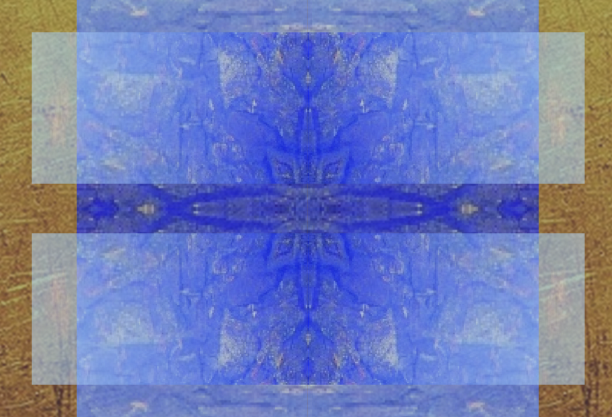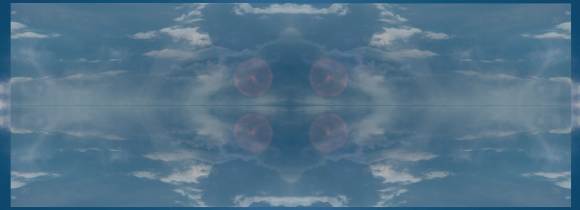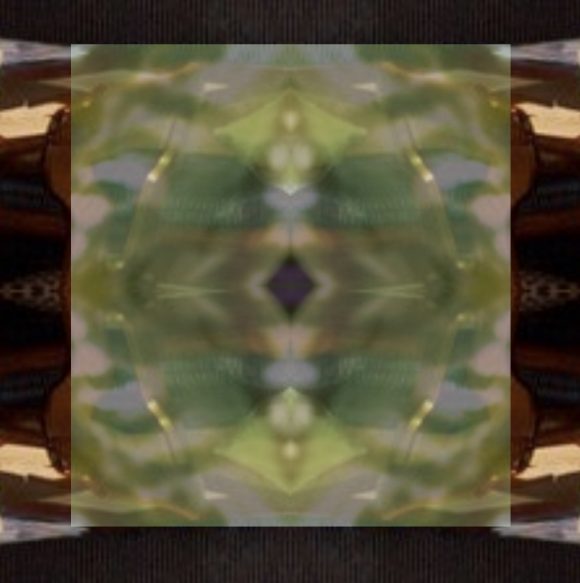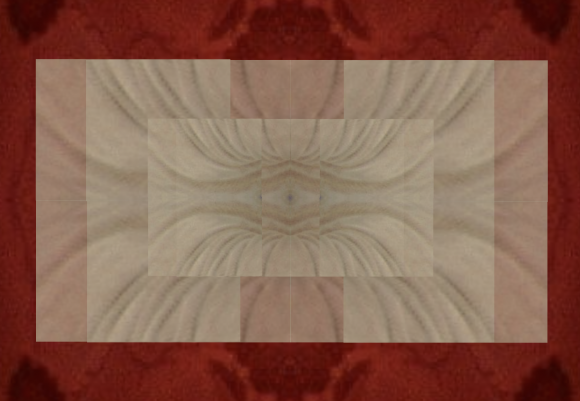When we become aware of a new phenomenon, it usually happens this way: you notice an occurrence, and then another one, and so on; soon you realize that it is a pattern; you give it a name; finally you collect instances and begin to investigate them: formulating explanations, making predictions, putting it all together in a theory of that phenomenon.
Something like this presumably happened with synchronicities: many people must have noticed them in their lives, and some may have realized that there is a pattern there; perhaps different people had assigned it a name, too, but the one that stuck was Jung’s: he used the term ‘synchronistic events’ or ‘synchronistic phenomena’ when he finally published his essay about them. That, at any rate, is the story Jung himself tells in the preface to that text (and there is no reason to doubt it).

At that point, however, we have reached the stage where we collect instances and begin forming theories about the phenomenon. And that is not quite as simple and uncontroversial as it sounds.
1. For one thing, with a new phenomenon, it is not immediately obvious which episodes are instances of that phenomenon and which are not. There is a non-trivial question of delimiting the phenomenon: what, precisely, falls under the new notion, and what does not?
Jung selected a few example episodes from his own personal experience and from his therapeutic practice (GW VIII, §§ 826, 843), and he quotes several more from various other sources (GW VIII, §§830-831). Authors who have expanded on Jung’s work during his life time (and who were in contact with him about the topic) have supplied more instances, and thus we have a certain pool which more or less reliably reflects what Jung and these other authors had in mind as representative of the phenomenon.
Of course, this does not mean that we have to take this pool as authoritative. For one thing, pioneers understandably tend to be more inclusive than strictly necessary (later research often weeds out some instances that do not really fit the phenomenon after more serious consideration); for another, later work may discover further instances which the original pioneers were not aware of. More importantly, once theories are formed, stricter criteria based on definitions emerge — whereas the original selections often rely on intuition or even just personal prejudice. Thus the pool of instances will naturally change somewhat as the investigation of the phenomenon proceeds. It would not be unusual for us, seven decades after the work of Jung and others, to end up with a somewhat different set of instances to illustrate the phenomenon.
There is, however, one question for which Jung’s original pool is authoritative: namely, when we evaluate Jung’s own investigation. For that, we will have to understand how his views fit with his pool. Thus, for purposes of explication and exegesis of Jung’s work (and that of his immediate followers), we will naturally have to stick closely to their pool of example episodes.
2. Still about the initial pool of instances, there is a second dimension we have to be aware of. We must not just consider the selection of examples, but also the choices we make in their initial description. Which details were included in these descriptions, and which have been (presumably) dropped? Which features receive a lot of attention? What are the terms used, the analogies and metaphors employed, and in general are the description more formalized or more targeted towards visualization? and so on.
Pioneers do not just get to pick out occurrences, they also shape our initial perceptions of these occurrences to a high degree. (Sometimes to a much higher degree than anyone would believe: for instance, a famous thought experiment by Bernard Williams in the philosophy of personal identity demonstrates how two different ‘case descriptions’ can direct our intuitive views about an episode into diametrically opposed directions.) The way the phenomenon is described, the details, the choice of words: all this can influence our pathway to an explanation, and it may either direct us towards a short route or else send us on long detours or into dead ends.
3. Finally, once we have published work that collects instances, describes them, and suggests an account, we have also nascent theory formation: the author will draft definitions, suggest approaches to explanation, make conjectures, and so on.
This is of course what Jung does with the phenomenon of synchronicity, right from the start of the essay. (In fact, Jung begins his text with a reflection on science and the laws of nature, which surely has more to do with his theoretical approach rather than with the phenomenology; only after thus priming the reader towards his preferred line of theory, he begins outlining the actual phenomenon and giving some descriptions.)
But this introduces a potential problem: for the author’s suggested theory may turn out to be a dead end, and since it has influenced both the selection of instances and their description from the beginning, that pool of instances and descriptions might be seriously corrupted. In such a case, the whole investigation is thrown back very far: it has to restart from the very beginning, again looking to collect a pool of instances and phenomenologically describe them.
To avoid this problem, it is good practice to try and be very inclusive, at first, with example episodes (so as not to prematurely exclude some of them just because they do not fit our preferred first stab at theoretical explanation); and to try and by as strictly descriptive of the phenomenon (how things appear) as possible, abstaining from prejudiced attempts to provide explanations, predictions, and theories.
Such an attitude of ‘bracketing’ theory and sticking to the phenomenon for a while is characteristic of a strand of philosophy that goes back to Edmund Husserl, called ‘Phenomenology’ (written with a capital ‘P’ to distinguish the philosophical movement from the method, or practice, of doing ‘phenomenology’.) It has spread, as a a good practice, to other schools (to varying degrees). Obviously, it would be naive to think that one can totally free oneself from all theoretical influences one might bring to the phenomenon. But to avoid at least some pitfalls is often well worth the effort.
In any case, we can ask how well an author — such as, in our case, Jung with regard to synchronicities — distinguishes between, on the one hand, the mere selection and description of the phenomenon (i.e., does phenomeonlogy), and, on the other, the theory-driven assumptions he already makes because of his own preferred approach to an explanation of the phenomenon. This examination can then help us to evaluate how representative the pool of examples really is; depending on how careful and cautious the author was, we may want to rely more or rather less on that pool.
Jung, as I shall argue, does not distinguish very carefully between his selection/description and his theoretical assumptions in the synchronicities essay. As a result, his pool of example episodes swells too rapidly, and it is frequently unclear which examples he included because they were observations he made over the years and which he included because he found them congenial to his theoretical speculations; also, he often mixes phenomenological descriptions with elements derived from his theories. Luckily, however, there is some textual material (mainly in his correspondence with Wolfgang Pauli) where he does reflect this process and explains his choices. Using that material (and some critical examination of our own, too), we can retrospectively sort this out for the pool of examples that he used. In addition, there are several other authors who, as I already mentioned, supplied their own example material. Since these authors are primarily interested in applying Jung’s views to their areas, they do not aim towards more theory, and thus their contributions are mostly free from additional theoretical presumptions.




[…] of the job, when researching an interesting phenomenon, is to build up a phenomenological pool: collect typical examples, interesting special cases, and fringe phenomena that may or may not be […]